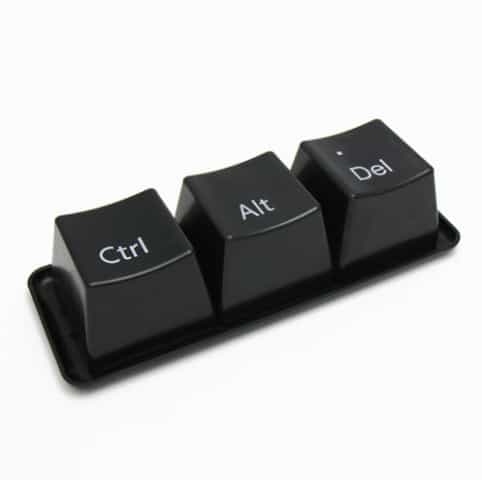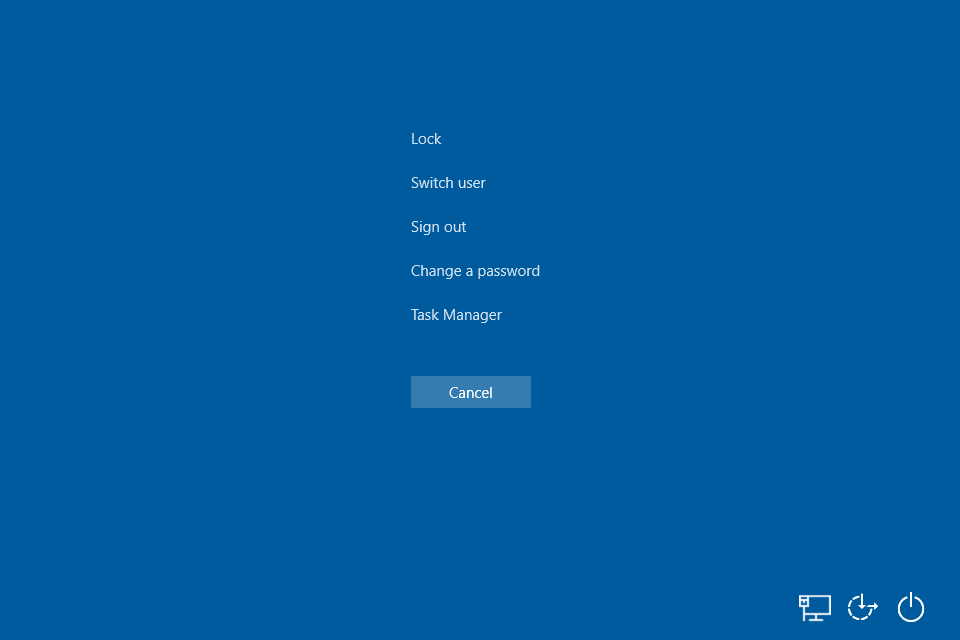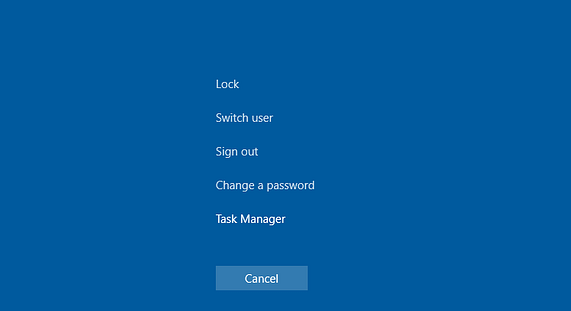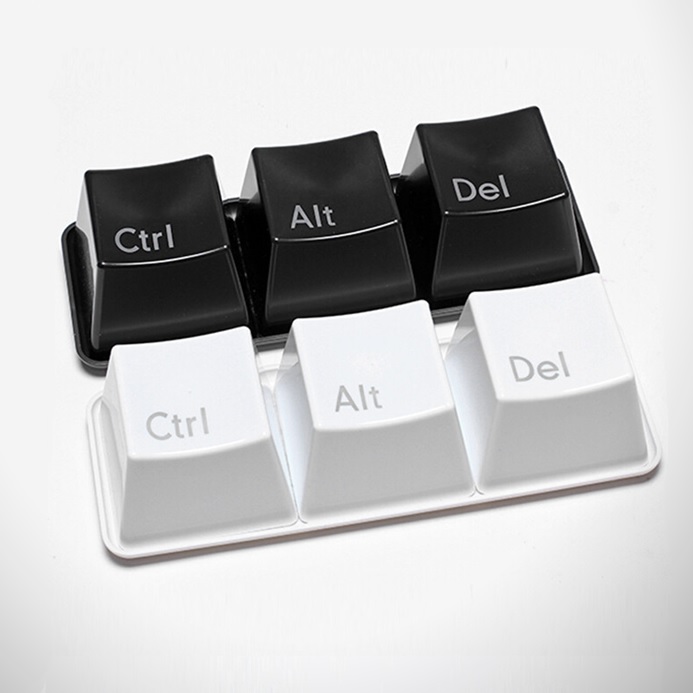

The Windows NT family of operating system, whose members do not have "NT" in their names since Windows 2000, reserve Ctrl+Alt+Delete for the operating system itself. The UAC for Windows 11, where the user is required to press Ctrl-Alt-Delete first to enter credentials, as a part of avoiding login spoofing. If LocalReboot=Off, Windows performs a soft reboot. The user can press Control+Alt+Delete again to perform a soft reboot. Windows 9x temporarily halts the entire system and displays the Close Program dialog box, a window which lists currently running processes and allows the user to end them (by force, if necessary).

The text of this rudimentary task manager was written by Steve Ballmer. Windows 3.1x displays a blue screen that allows the user to press Enter to end a task that has stopped responding to the system (if such a task exists) or press Control+Alt+Delete again to perform a soft reboot.According to the value of the LocalReboot option in the section of system.ini, Windows performs one of several actions in response. In Windows 9x and Windows 3.0 running in 386 Enhanced mode, the keystroke combination is recognized by the Windows keyboard device driver. Windows DOS-based Windows Ĭlose Program dialog box, seen in Windows 9x Įxamples of such operating systems include DOS, Windows 3.0 in Standard Mode as well as earlier versions of Windows. The BIOS reacts by performing a soft reboot (also known as a warm reboot). BIOS īy default, when the operating system is running in real mode (or in a pre-boot environment, when no operating system is started yet), this keystroke combination is intercepted by the BIOS. Gates stated he would have preferred a single button to trigger the same actions, but could not get IBM to add the extra button into the keyboard layout. ĭuring a question and answer presentation on 21 September 2013, Gates said "it was a mistake", referring to the decision to use Ctrl+Alt+Del as the keyboard combination to log into Windows.

I may have invented it, but I think Bill made it famous." he quickly added it was a reference to Windows NT logon procedures ("Press Ctrl + Alt + Delete to log on").
#Ctrl alt delete kupa Pc#
īradley is also known for his good-natured jab at Gates at the celebration of the 20th anniversary of the IBM PC on Augat The Tech Museum: īradley viewed this work as just one small task out of many: "It was five minutes, 10 minutes of activity, and then I moved on to the next of the 100 things that needed to get done." In a March 2018 email, one of Bradley's co-workers confirmed the command was invented in 1981 in Boca Raton, Florida. The feature, however, was detailed in IBM's technical reference documentation to the original PC and thereby revealed to the general public. Bill Gates (former Microsoft CEO) remembered it as "just something we were using in development and it wouldn't be available elsewhere". The feature was originally conceived only as a development feature for internal use and not intended to be used by end users, as it triggered the reboot without warning or further confirmation-it was meant to be used by people writing programs or documentation so that they could reboot their computers without powering them down. According to his own account, Mel Hallerman, who was the chief programmer of the project, therefore suggested switching the key combination to Ctrl+ Alt+ Del as a safety measure, a combination impossible to press with just one hand on the original IBM PC keyboard. Bradley, as the chief engineer of the IBM PC project and developer of the machine's ROM-BIOS, had originally usedĬtrl+ Alt+ Esc, but found it was too easy to bump the left side of the keyboard and reboot the computer accidentally. The soft reboot function via keyboard was originally designed by David Bradley.

#Ctrl alt delete kupa mac#


 0 kommentar(er)
0 kommentar(er)
